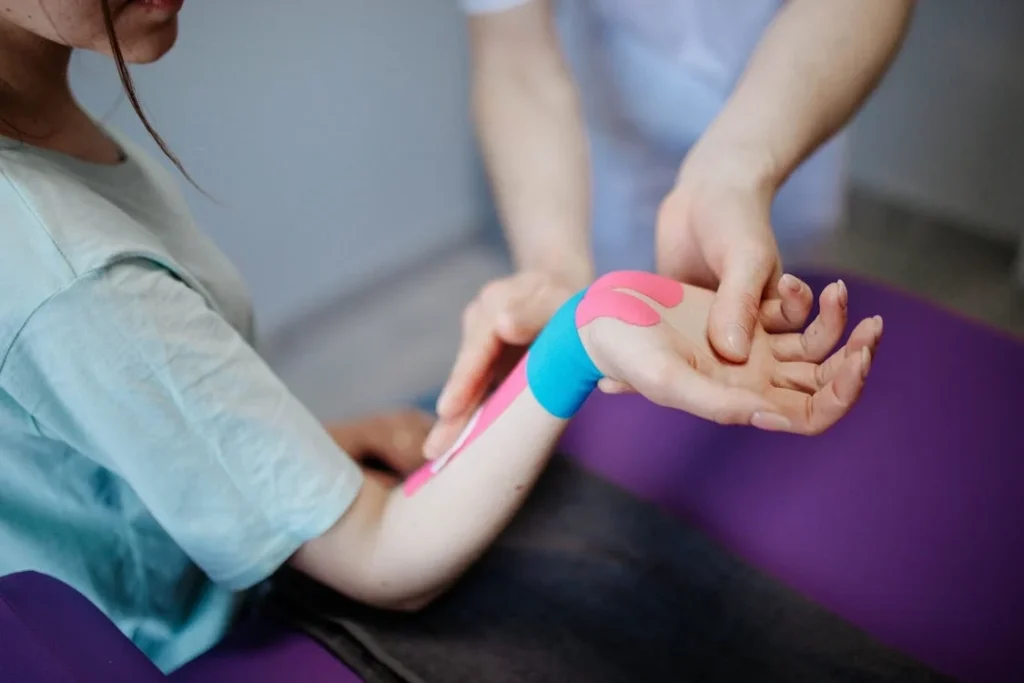How Top-Tier Athletes Heal From Injury (And How You Should, Too)
At some point in your life, you’re going to get injured. When this happens, you’ll need to go through a protracted healing process.
But how can you do this efficiently?
The answer is to copy the people who make dealing with injury part of their career — athletes. Professionals know that at some point, they are likely to get injured, so they develop tactics to help them fight through these problems and keep competing.
Take Immediate Care Seriously
First, you’ll want to take immediate care seriously. Once an athlete gets injured, they do everything they can to protect the damaged area and prevent it from becoming worse.
Part of this has to do with their approach to inflammation. Many get faster results by putting an ice pack on the effective area for a few minutes, resting it, and then 2 to 3 hours later, re-applying the ice pack.
This approach works by reducing inflammation in the target area, preventing the immune system from causing more swelling and damage. At the same time, they avoid heat, as it can aggravate problems significantly.
Consult With Experts

Next, athletes consult with experts on what to do next. Medics quickly identify the issue and then put best practices in place to deal with it.
Sometimes, this involves getting an accurate diagnosis with MRI scans or X-rays. These allow medics to characterise the injury and pass that information onto other rehabilitative professionals (like an ACL tear for a soccer player).
Whatever you do, don’t rely on self-diagnosis. Ensure you have all the facts.
Follow A Rehabilitation Plan
Next, you should learn more about different physiotherapy techniques and follow a rehabilitation plan. Doctors should provide you with a list of allied healthcare professionals in your area who can help you.
Going to a physiotherapist is essential in the weeks and months after an injury. They support your mobility, strength and function, allowing you to use your body like you used to before the injury occurred.
Make sure you get a recovery plan and stick with it. Being consistent is the most important factor here.
Use Cross-Training
If your career depends on your being fit and active, you can try cross-training, focusing on different parts of the body (other than the injured area). This form of training should be light (like swimming or cycling) and shouldn’t cause any pain. Remaining active is something athletes do to keep their circulatory system active.
Optimize For Nutrition for Healing

You should also optimize for nutrition for healing during the recovery process. Ensuring you give your body what it requires increases the pace of recovery.
Critical nutrients include things like vitamin C, vitamin D, and zinc, as well as adequate protein. If you naturally eat a low protein diet, you may want to increase this for the period of recovery before lowering it to baseline again.
So there you have it: some of the ways top-tier athletes recover from a sudden injury. The trick here is to understand all these pieces before you get injured so you can recover more effectively.













